Golden autumn-Guilin Ginkgo biloba
I saw how beautiful the ginkgo trees in Haiyang Township in Guilin were before on the Internet, so I wanted to go and have a look. On a whim on November 26, I booked a high-speed train on the morning of the 28th and went directly to Guilin North Railway Station. I also read some strategies online. They all said that at Guilin North Railway Station, take bus No. 100 to Sanlidian Station. There is a shuttle bus there to Haiyang Township. Only when I got there did I realize that the strategy was a bit outdated. I waited in Sanlidian for about 50 minutes and still didn't see any bus to Haiyang Township. I asked the master of Bus No. 306 at the bus stop. He asked the right person. He said that he would take his bus to Dawei Town and then take the bus to Haiyang Township. He said that in the past, Sanlidian had a shuttle bus to Haiyang Township, but there had been no more since 2019. I can only take the bus 306 for 2 yuan and transfer to the noble bus to Haiyang Rural Area for 10 yuan. If you go directly to Xiaopingle, you can take the bus from Guilin North Railway Station to Lingchuan Bus Station and take the shuttle bus to Xiaopingle for 15 yuan. However, the departure time is uncertain. It's best to call first to confirm when there is a bus to Xiaopingle (Lingchuan Bus Station Tel:0773-6816287); also, I saw a parallel bus at Guilin North Railway Station. What I can confirm is that the people there are very enthusiastic about giving directions.
After a turning point, it is already past 1 o'clock in the afternoon in Haiyang Township. Of course, I have to go to an Internet celebrity site to check in. Many of the leaves in Datongmu Village are not yet yellow, and the commercial atmosphere is relatively strong. The management is average, and many places are chaotic. It is difficult to take a large-scale photo, and the ticket fee is 20 yuan!
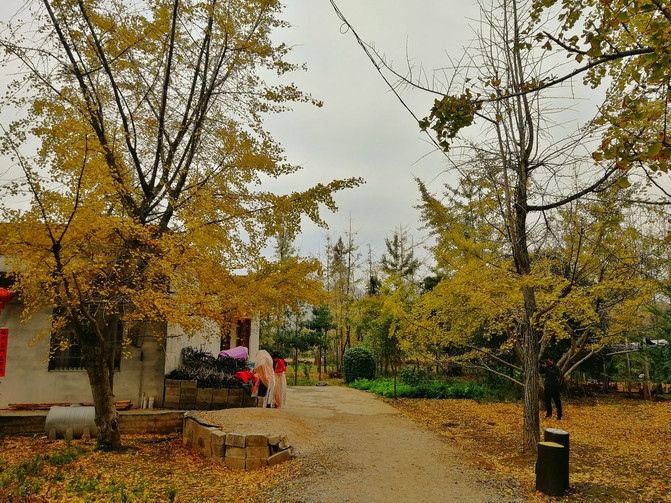


It took about an hour in there and came out.
Da Tongmu came out and asked the local fellow villagers about going to Xiaopingle. I heard that the ginkgo trees there were more beautiful. The Internet said that there was a shuttle bus running from Haiyang Township to Xiaopingle at 3 p.m. When I asked the fellow villagers, I also said there was. Seeing that there was still time to walk along the road to Damiao Village. This village was undeveloped, relatively primitive, and had no commercial and management.
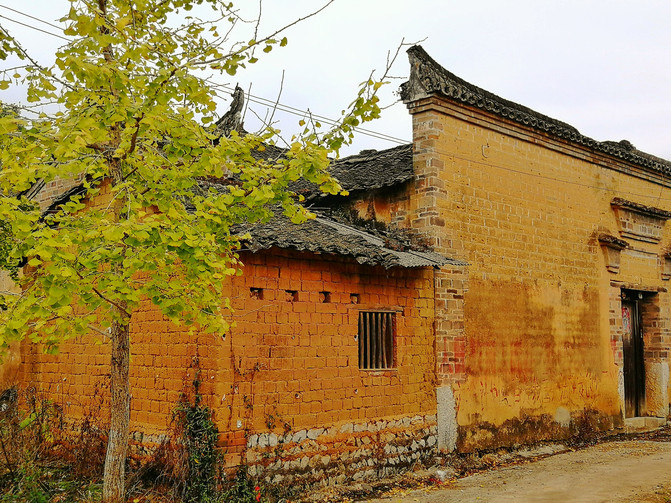



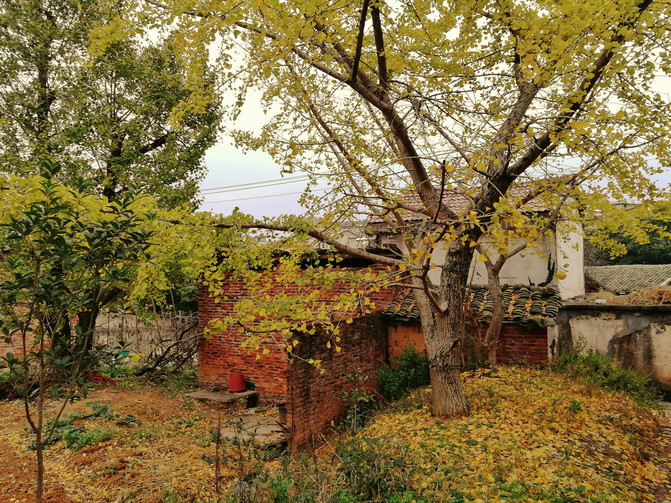
Seeing that it was past 3 o'clock in the afternoon, I went out to the roadside to wait for the bus. I waited for almost an hour and past 4 o'clock. Seeing that the bus to Xiaopingle had not passed by yet, I checked the phone number of Lingchuan Bus Station on the Internet and called to inquire. There were only buses leaving at 11 a.m. and 1 p.m. that day, but there were no buses left, so I didn't know what to say. I originally wanted to live in Xiaopingle, but now I had to live in Haiyang Township and go to Xiaopingle the next day. There are hostels and hotels in Haiyang Township. I suggest looking for one closer to the inside. There is a lot of traffic on the roadside at night.
After a night of understanding, Xiaopingle is equivalent to a township. There are many natural villages below, and the divisions are relatively scattered. Generally, people who go there have more time to walk, drive, and charter cars (if the local chartered car is picked up at Guilin North Railway Station, it costs 500 yuan a day, and if you charter a car in Haiyang Township, it is 300 yuan a day. I heard that it can be cheaper in Xiaopingle Bao). On the morning of the 29th, I ate Guilin rice noodles and booked a fellow villager's car for 300 yuan a day. The fellow villager was very enthusiastic and invited me to his house to eat Camellia oleifera (I thought it was like the one in Inner Mongolia at first, and I didn't want to go). Later, I couldn't resist the enthusiasm of the fellow villager and ate a bowl. The Camellia oleifera there is fried rice flowers, coarse grains, and boiled ginger tea. It is very delicious and can be used as breakfast. I heard from the fellow villagers that some people in their place eat Camellia oleifera at noon in the morning and don't eat.
I am very satisfied after eating Camellia oleifera. On this day, we are going to five natural villages. I heard from fellow villagers that these five villages are the most beautiful ginkgo trees in Xiaopingle (Datangbian, Bindong, Beidaidi, Huameinong, Sijiang)
Datangbian is also a village ready to be developed. Admission is 20 yuan. It is much better than Da Tongmu and has better management. It may be newly developed, with a weak commercial atmosphere, and the old houses retained are relatively complete.




Bindong is mainly composed of big trees and old trees, and it is also good to take photos with old houses.








Beidaidi is a natural village where Xiaopingle is very far away. You can only drive or charter a car. There are not many people living there. There are a small piece of ginkgo and the age of the tree is still good.
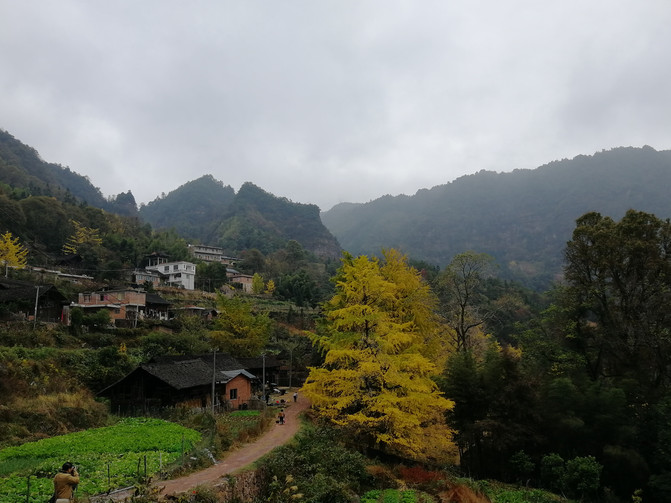





Huameilong looks like the former forest farm management office. There are a large area of apricot trees in it. I passed it just at the right time and it is golden.






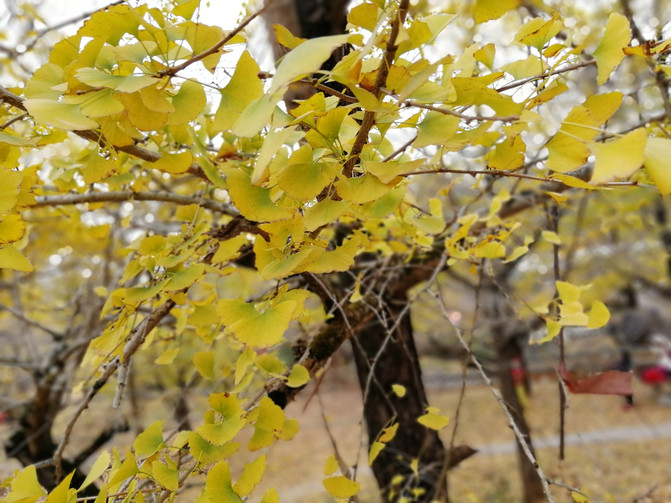

Sijiang is said to be a scenic spot, but in fact it is also a village. I heard from fellow villagers that they would charge 10 yuan for tickets. When I went there, there might not be many people, and no one collected money at the entrance of the village. It may be more into the mountains here, the temperature is relatively low, and the apricot leaves are not yellow yet, they are just yellow and green. I heard from local villagers that they may turn golden in another week.







Local villagers said that the scenery will be around for a week to half a month.
I have never written travel notes before. This time, I mainly read that the information on the Internet has expired and I feel a little misguided. I want to pass the latest information to all my traveling friends, hoping to help you travel.
Previous Article:Lingqu's "steepest in the world" opening ceremony! Unlock new ways to play national trend culture
Next Article:May Guilin Yangshuo + Longji Travel Notes
